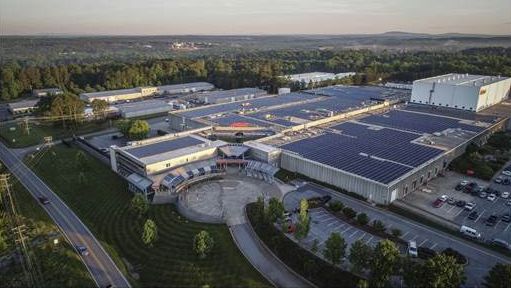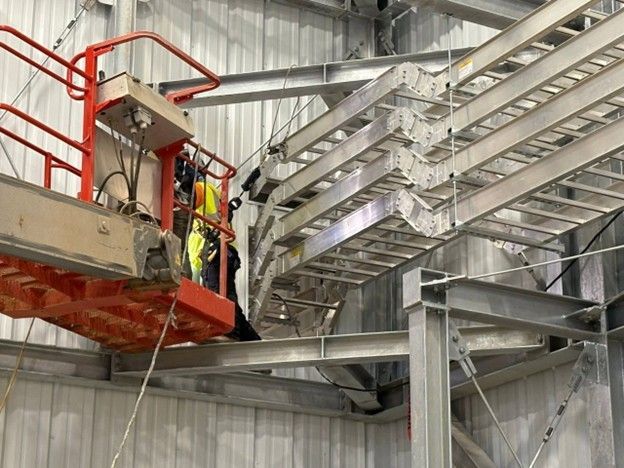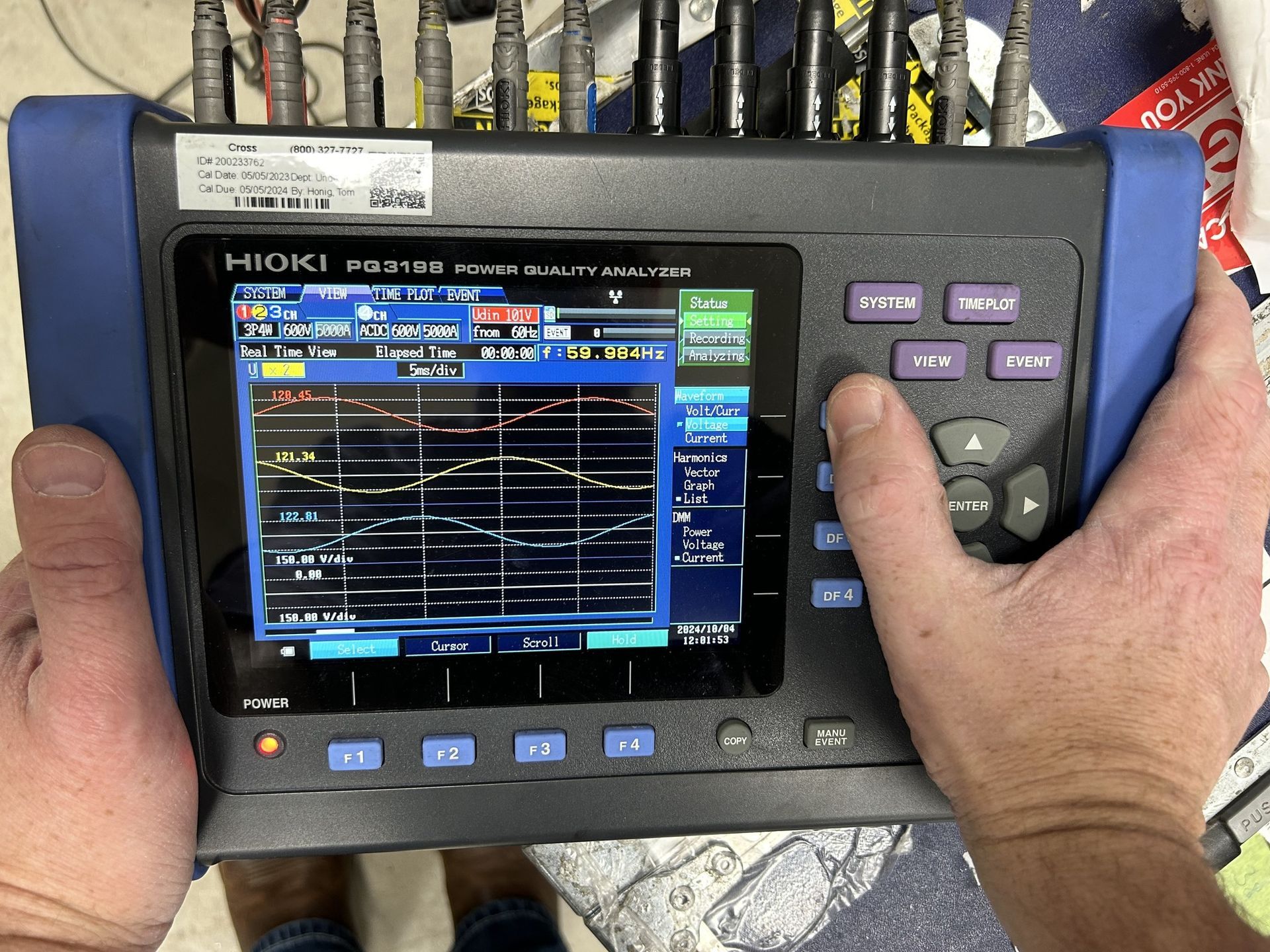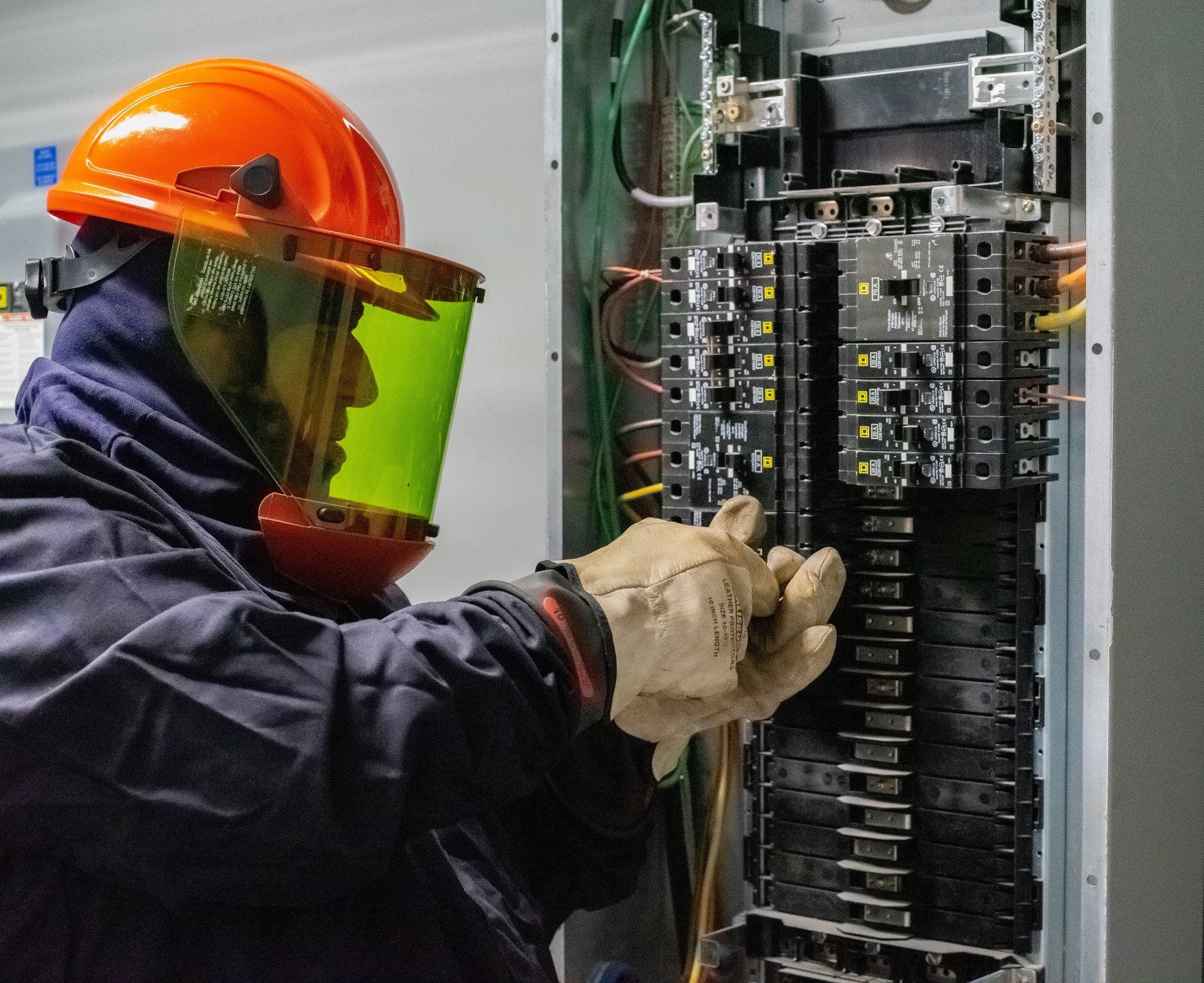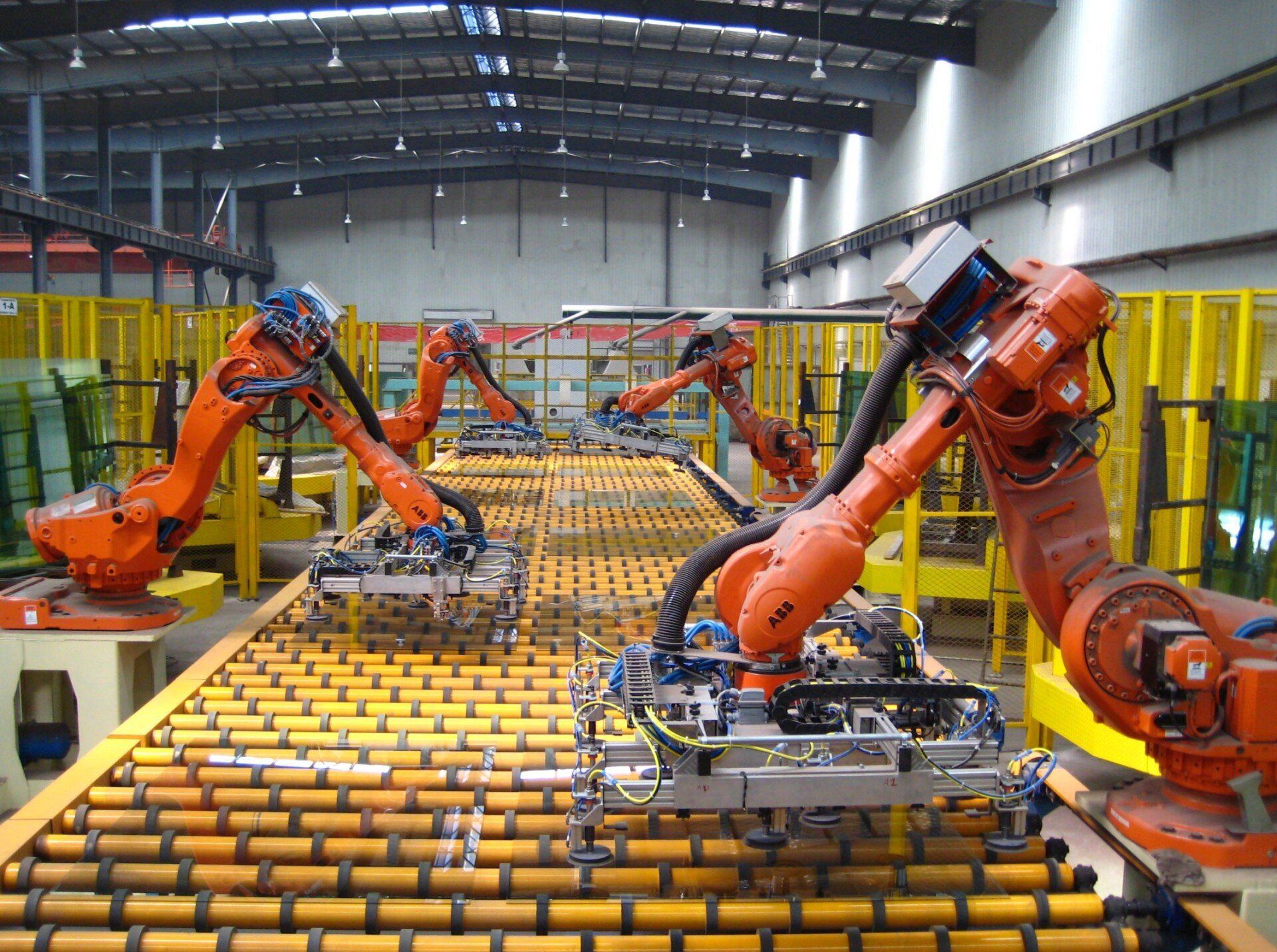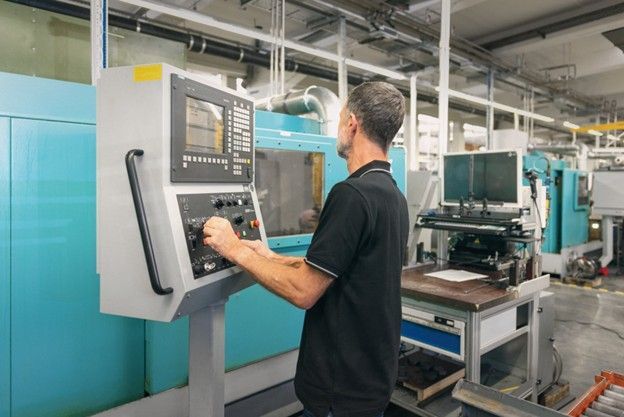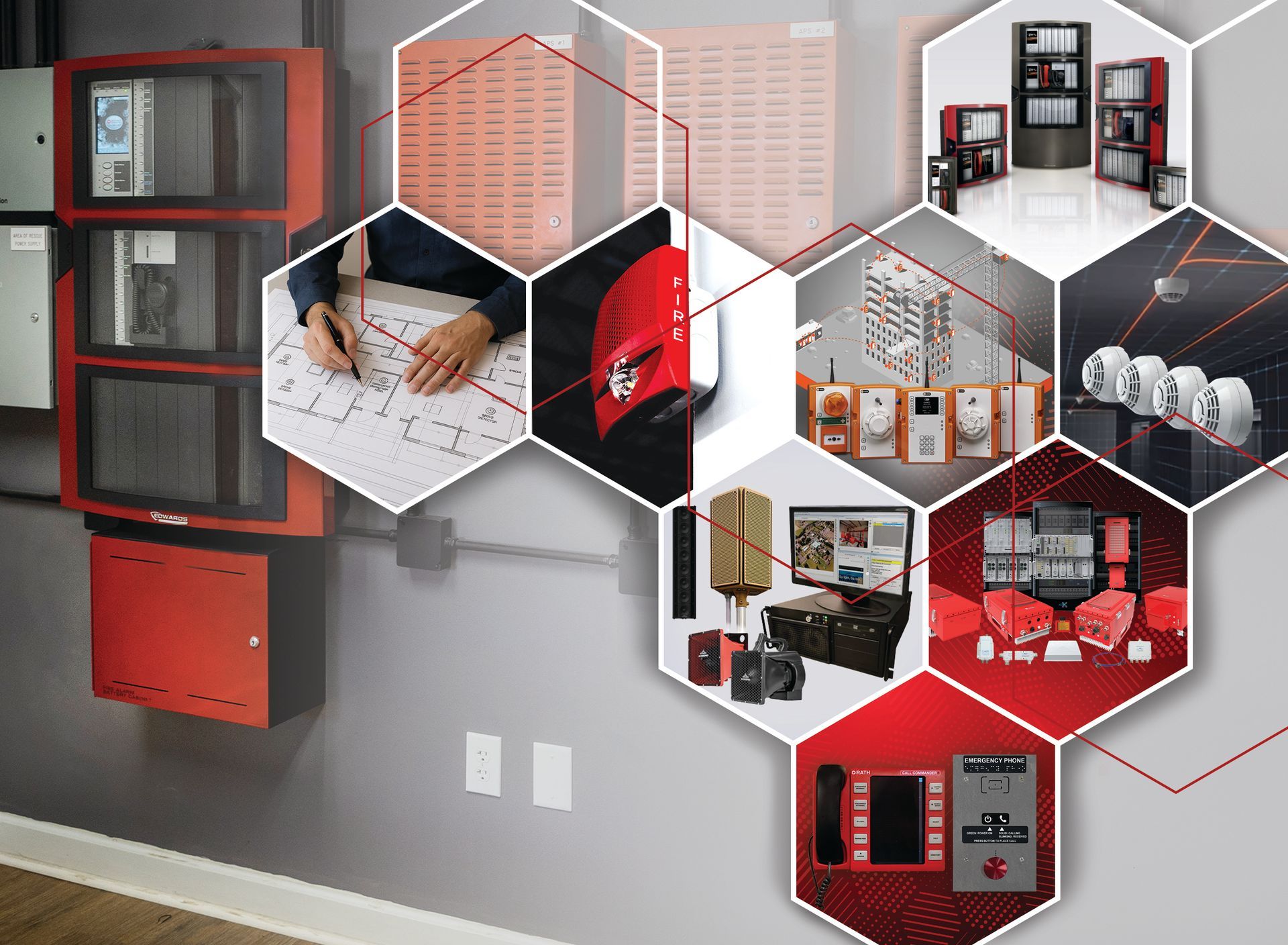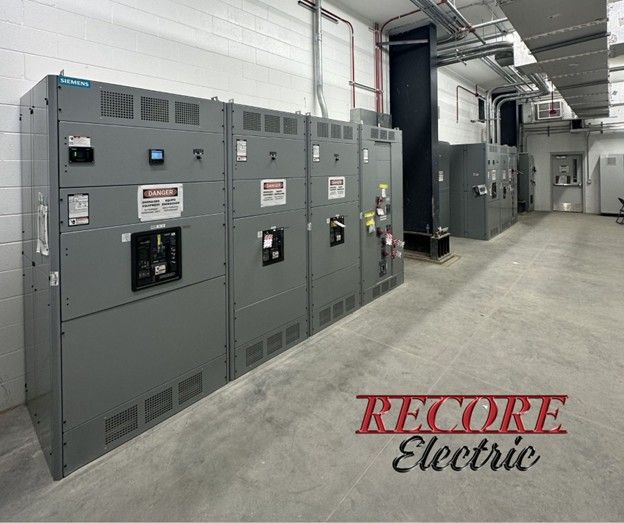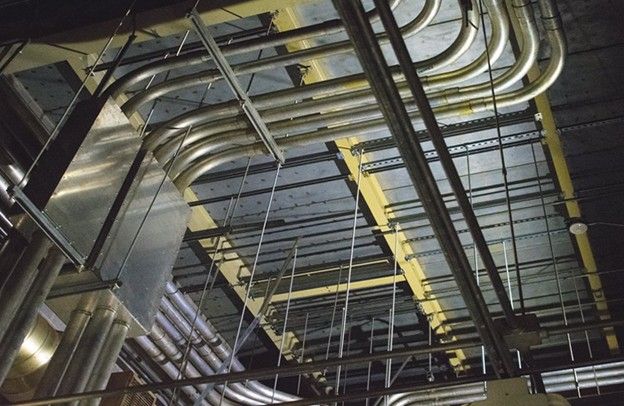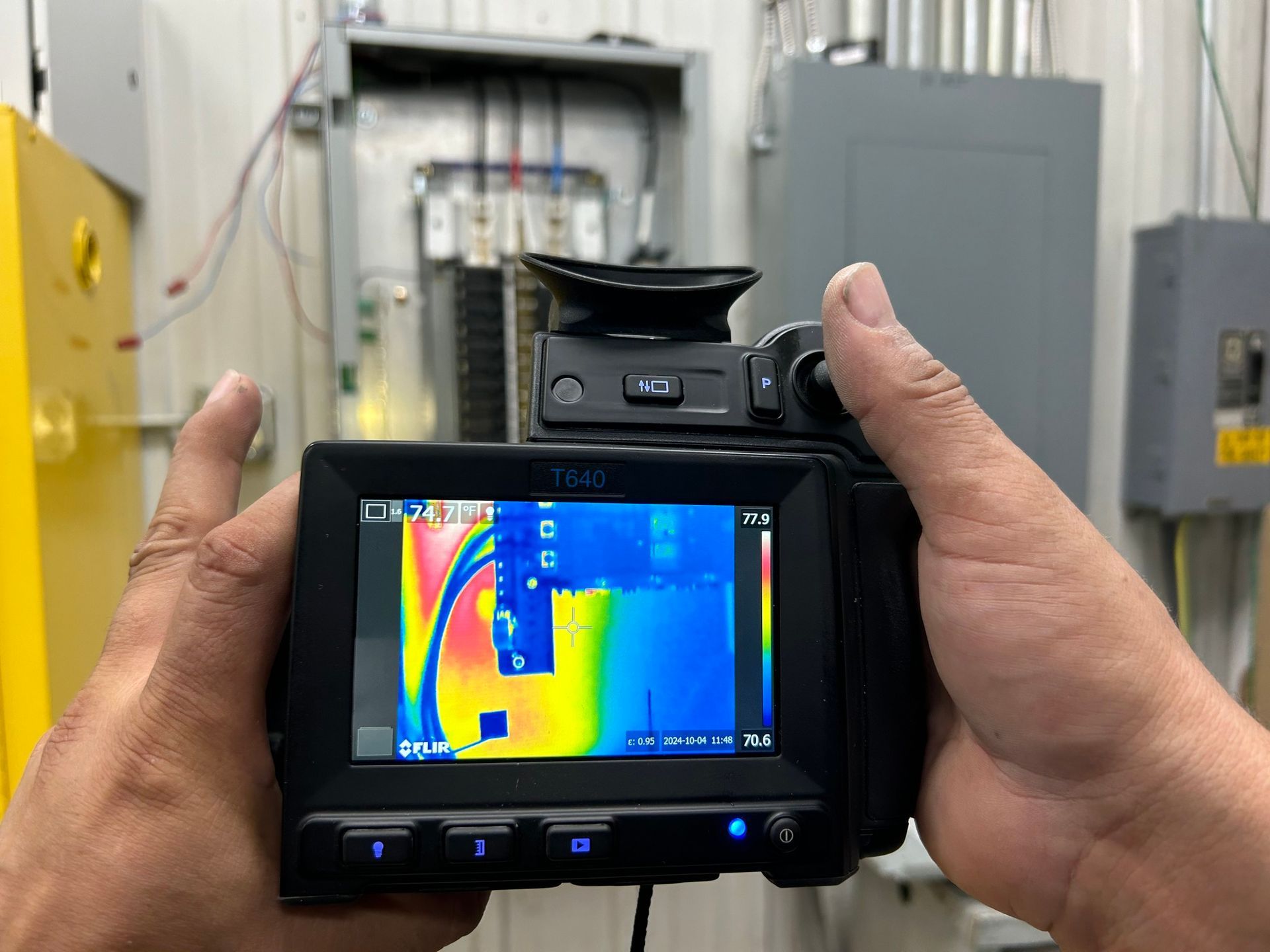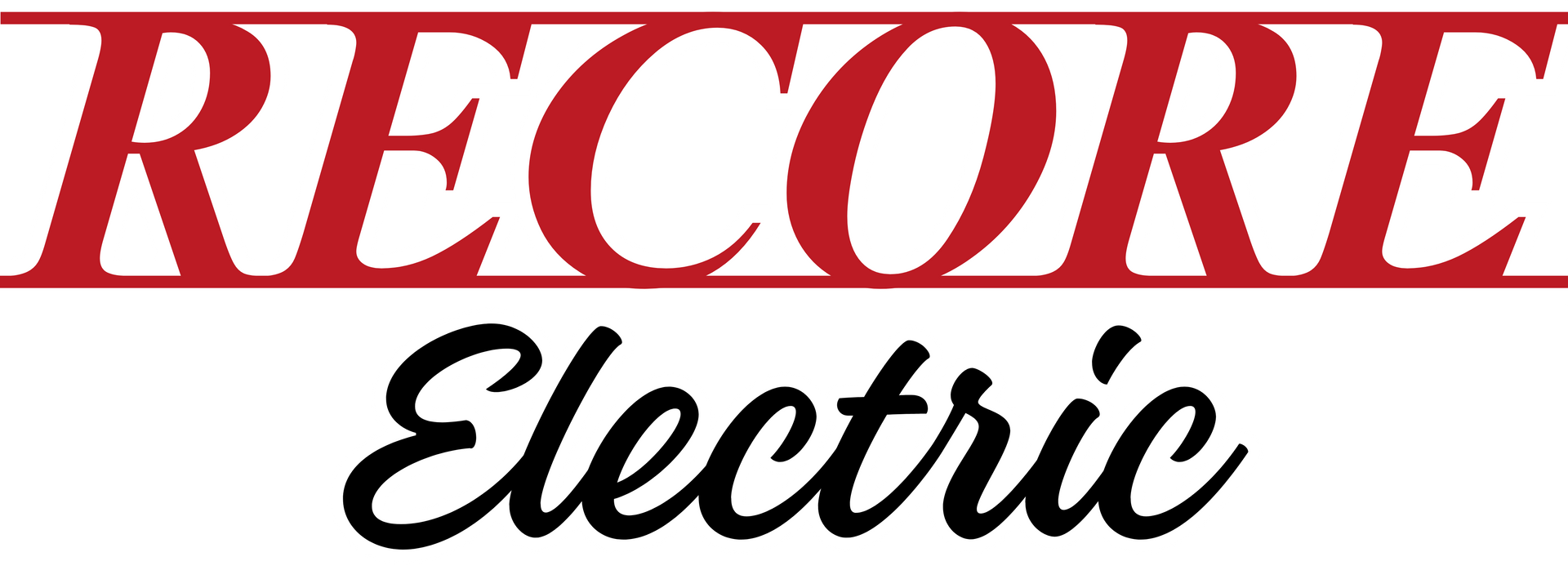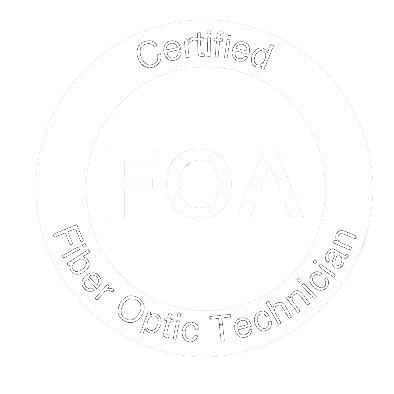Electrical Preventive Maintenance for Industrial Facilities
In an industrial facility, electrical systems serve as the central nervous system of operations. They power equipment, support production, and maintain safety and efficiency. Yet, despite their importance, electrical systems are often taken for granted, until something fails. Electrical preventive maintenance (EPM) is a proactive approach that helps facility managers avoid unplanned downtime, costly repairs, and safety incidents.
At Recore Industrial Electric Contractors, preventive maintenance is a key part of how we protect clients’ uptime. Our technicians specialize in industrial power systems, automation, and high-voltage infrastructure, using proven inspection, testing, and maintenance programs to identify issues before they become outages.
What Is Electrical Preventive Maintenance?
Electrical preventive maintenance refers to a scheduled program of inspections, cleaning, testing, and servicing designed to keep electrical components in reliable working condition. Rather than waiting for equipment to fail, EPM addresses potential problems early.
Preventive maintenance is guided by standards such as the NFPA 70B: Recommended Practice for Electrical Equipment Maintenance, published by the National Fire Protection Association (NFPA). According to NFPA, the goal is to “preserve the safety, reliability, and performance of electrical systems through systematic inspection and care”.
For industrial facilities, this process includes maintaining switchgear, transformers, circuit breakers, motor control centers, power distribution panels, and grounding systems. By performing inspections at set intervals, facilities can identify loose connections, insulation deterioration, or thermal hotspots long before they escalate.
Why Electrical Preventive Maintenance Matters
Industrial operations depend on continuous power. Even a brief interruption can halt production lines, damage equipment, or cause safety hazards. Unplanned electrical failures often lead to:
- Extended downtime: Restoring service after a failure can take hours or days, depending on parts availability and safety requirements.
- Equipment damage: Faults can cause electrical arcing or overloads that damage motors, switchgear, or control panels.
- Increased costs: Emergency repairs are far more expensive than scheduled maintenance.
- Safety incidents: Electrical faults are one of the leading causes of industrial fires and worker injuries.
According to the U.S. Department of Energy (DOE), implementing a preventive maintenance strategy can reduce downtime by 35–45 percent and lower maintenance costs by up to 30 percent. The financial and operational case for EPM is clear: prevention is significantly less costly than repair.
Key Components of an Electrical Preventive Maintenance Program
A successful EPM program is built on a structured, repeatable process that covers the full lifecycle of electrical assets. Recore’s maintenance plans follow industry best practices and NFPA 70B recommendations to achieve maximum reliability.
1. Routine Inspections
Routine inspections form the backbone of preventive maintenance. These involve visual checks and minor service activities such as tightening connections, verifying torque settings, and checking for signs of overheating or corrosion.
During inspections, electricians look for abnormalities like:
- Discoloration or burn marks on insulation or connectors
- Excessive dust, oil, or moisture around panels
- Signs of vibration or mechanical wear
- Degraded gaskets or seals that allow contaminants into enclosures
Early detection during these inspections helps prevent electrical degradation from turning into a major outage.
2. Infrared Thermography
Infrared thermography uses thermal imaging to detect temperature differences in electrical equipment. Hot spots often indicate resistance at connections or overloaded circuits.
By scanning electrical panels and switchgear with infrared cameras, technicians can identify problems invisible to the naked eye. This non-intrusive test can detect loose terminations, failing components, or unbalanced loads without shutting down systems.
The data collected allows Recore to prioritize repairs and plan outages strategically, minimizing disruptions to operations.
3. Electrical Testing and Calibration
Testing verifies that protective devices operate correctly. This includes circuit breakers, relays, ground-fault systems, and protective relays. Calibrations confirm that each device trips within the correct time and current parameters.
Testing may include:
- Insulation resistance testing: Measures the quality of insulation in cables and windings.
- Dielectric testing: Evaluates the voltage withstand capability of components.
- Relay testing: Confirms correct coordination of protection systems.
These activities are especially important in environments with vibration, temperature swings, or heavy electrical loads, all common in industrial facilities.
4. Cleaning and Lubrication
Dust, moisture, and industrial residue can impair electrical performance. Routine cleaning and lubrication prevent contaminants from building up inside panels or on moving parts.
Components such as contactors, circuit breakers, and relays benefit from periodic cleaning using non-conductive solvents and re-lubrication with approved dielectric materials. This step helps extend the lifespan of components and reduces arcing risk.
5. Documentation and Recordkeeping
Thorough documentation is crucial for compliance and ongoing reliability. NFPA 70B requires detailed records of all maintenance activities, including inspection results, test data, and corrective actions.
Recore provides clients with digital maintenance reports that log test results, photos, and recommendations. This documentation helps facilities demonstrate compliance during safety audits and simplifies future troubleshooting.
Setting Maintenance Intervals
- Critical systems: Monthly or quarterly inspections, especially for mission-critical manufacturing lines, cleanrooms, or data-driven operations.
- Moderate systems: Semiannual or annual testing for general production areas or lighting systems.
- Low-risk systems: Every 2–3 years for non-critical support systems or rarely used backup equipment.
Environmental conditions also influence maintenance frequency. Facilities with high humidity, corrosive vapors, or heavy dust accumulation require more frequent attention.
By tailoring schedules to risk, Recore helps clients balance reliability and cost efficiency.
Integrating Predictive Maintenance Tools
While traditional preventive maintenance relies on fixed schedules, predictive maintenance uses data to identify problems earlier. Recore integrates advanced monitoring technologies to enhance predictive accuracy, including:
- Power quality monitoring: Detects voltage dips, harmonics, or transients that could damage equipment.
- Vibration analysis: Identifies motor or generator issues before they cause failures.
- Current signature analysis: Detects imbalances or phase losses in three-phase systems.
These tools transform maintenance from a time-based routine into a data-driven program that anticipates failures based on real-time performance.
The Role of Safety in Electrical Maintenance
Safety is the top priority in all maintenance activities. Working on live electrical equipment requires strict adherence to lockout/tagout procedures and compliance with OSHA 29 CFR 1910 Subpart S.
Recore’s electricians are trained in arc flash analysis, PPE selection, and hazard recognition. Before each maintenance task, a job safety analysis (JSA) is completed to assess risk.
Routine maintenance itself enhances safety by keeping electrical systems stable, reducing arc flash energy levels, and preventing overheating that could lead to fires or explosions.
Common Problems Found During Electrical Preventive Maintenance
Preventive maintenance programs often reveal recurring issues that, if left unchecked, can cause costly failures:
- Loose or corroded connections: The most common cause of electrical fires and energy loss.
- Aging insulation: Exposure to heat and vibration degrades insulation, creating shock and arc hazards.
- Overloaded circuits: Frequently overlooked in expanding operations where new machinery exceeds design capacity.
- Faulty circuit breakers: Breakers that fail to trip under fault conditions pose a significant danger.
- Moisture intrusion: Leads to corrosion and tracking in enclosures, especially in outdoor or wash-down environments.
Addressing these findings promptly reduces the risk of unplanned outages and protects personnel.
Benefits of a Structured Electrical Maintenance Program
An effective preventive maintenance plan yields measurable benefits across operations:
- Improved uptime: Early detection minimizes unplanned downtime and supports production goals.
- Lower costs: Scheduled maintenance reduces emergency repair and replacement costs.
- Regulatory compliance: Meeting NFPA, OSHA, and DOE guidelines protects against violations and liability.
- Extended equipment life: Properly maintained components last significantly longer, improving return on investment.
- Enhanced safety: Reduced risk of electrical shock, fires, and arc flash incidents.
Facilities that invest in maintenance programs often find that the return far exceeds the upfront costs.
How Recore Delivers Preventive Maintenance Excellence
Recore Industrial Electric Contractors provides comprehensive preventive maintenance services tailored to industrial operations. Our programs are designed to:
- Maintain compliance with NFPA 70B, NFPA 70E, and OSHA standards
- Minimize operational disruptions through planned maintenance windows
- Provide detailed documentation for reliability tracking and insurance compliance
- Combine predictive and preventive technologies for maximum system insight
Our technicians are qualified to service everything from low-voltage control systems to high-voltage distribution networks, providing the confidence that your electrical systems are operating safely and efficiently.
Conclusion
Electrical preventive maintenance is not just about avoiding downtime, it is about protecting people, equipment, and productivity. A structured, data-driven maintenance program guided by NFPA and DOE standards provides measurable gains in reliability, safety, and cost efficiency.
Recore Industrial Electric Contractors partners with industrial clients to develop maintenance programs that align with their operational priorities. From inspections and infrared thermography to full system testing and documentation, we help facilities stay ahead of problems rather than reacting to them.
By prioritizing electrical preventive maintenance, industrial leaders protect their most valuable assets, their people, their equipment, and their uptime.
